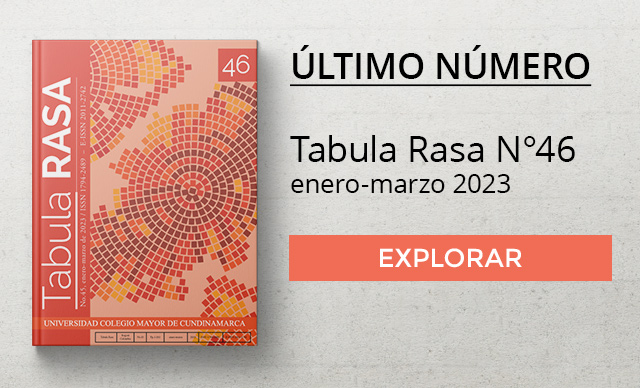https://doi.org/10.25058/20112742.n52.08
Clara Mengolini
Mercer University, USA
mengolini_c@mercer.edu
Abstract:
The life of Francisco de Goya, a masterful artist whose life spanned the period between the Enlightenment and the turbulent changes in Spain during the 18th and 19th centuries. From 1792 onwards, his works took on a more introspective tone, particularly evident in his series Los Caprichos [The Caprices]. This essay delves into three prints: Todos caerán [All will fall], ¿Dónde va mamá? [Where is Mother going?] and Hilan delgado [They spin finely], where Goya portrays women with grotesque features. It argues that Goya’s art was a profound critique of the Spanish nation, which he saw as transforming into a bestial and oppressive stepmother. This essay brings to light the prevalent ignorance and ferocity of that era, embodied by monstrous maternal figures. By drawing upon the theories of national identity by Benedict Anderson, Jackie Hogan, and Tamar Mayer, the article unravels the complex relationship between nationality and the monstrous maternal figure in Goya’s art.
Keywords: Goya, Caprichos, Spanish nation, stepmother.







